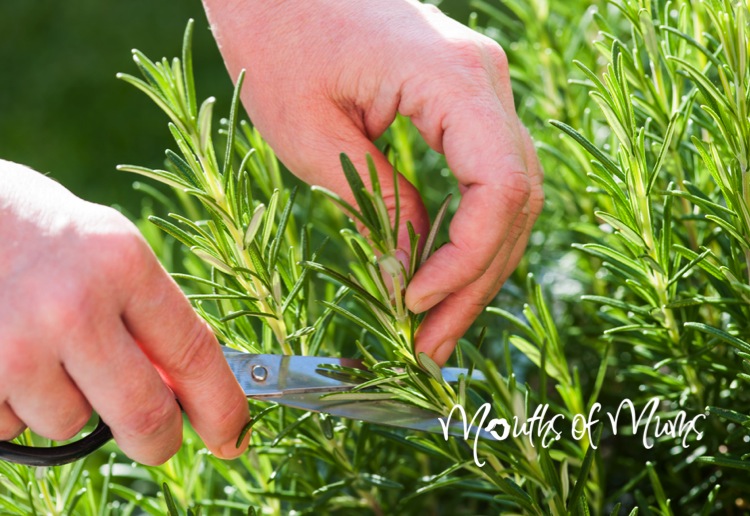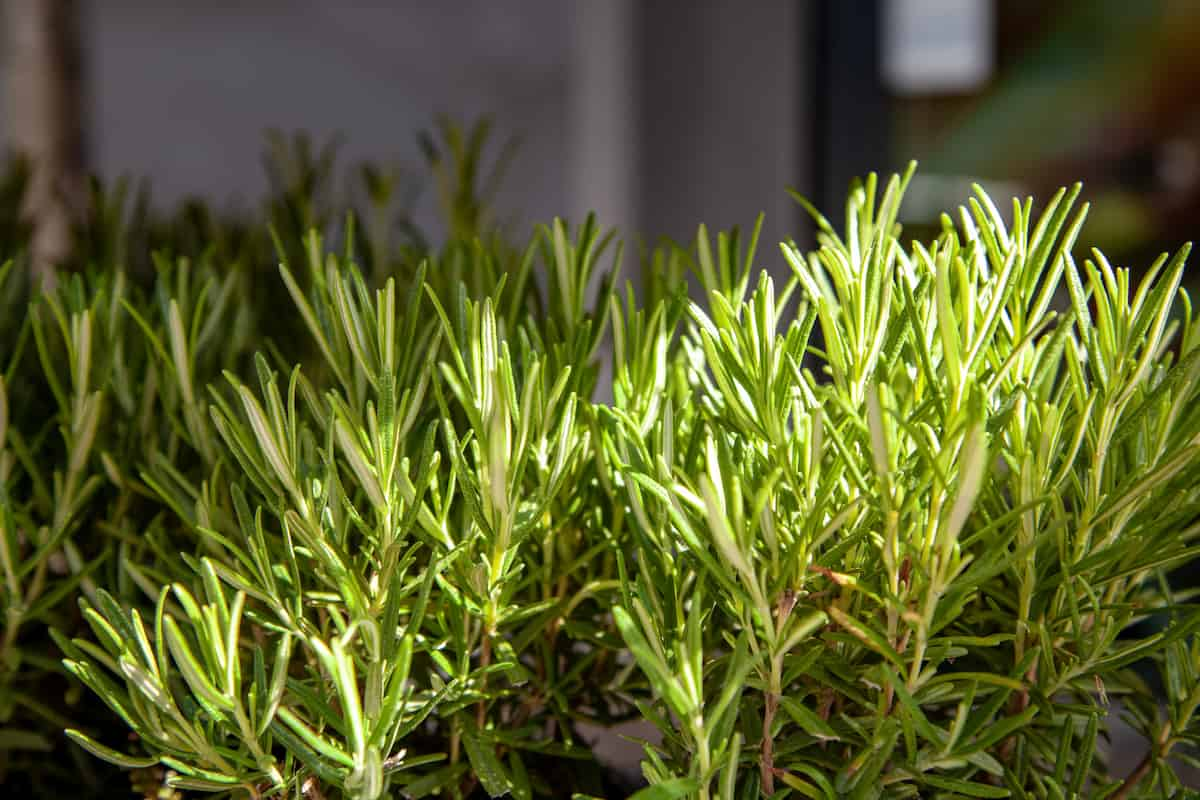Unlocking the Secrets of Rosemary Propagation
When it comes to propagating rosemary, many gardeners and herb enthusiasts often wonder, “Can you grow rosemary from a cutting?” The answer is a resounding yes, and with the right techniques, anyone can successfully reproduce this popular plant. Propagating rosemary from cuttings offers a cost-effective and efficient way to reproduce this fragrant herb, allowing gardeners to enjoy an abundance of fresh rosemary for cooking, medicinal uses, and even ornamental purposes. This method not only saves money but also allows for greater control over the quality and characteristics of the new plants. By understanding the basics of rosemary propagation, gardeners can unlock the secrets of growing healthy, thriving rosemary plants from cuttings.
How to Take the Perfect Rosemary Cutting
To successfully propagate rosemary from cuttings, it’s essential to take a healthy cutting from a mature rosemary plant. When selecting a stem, look for one that is vigorous, disease-free, and has a good balance of foliage and woody growth. Avoid taking cuttings from weak or leggy stems, as they may not root well. Cut the stem from the parent plant about 2-3 inches from the tip, just above a node (where a leaf meets the stem). Cut at a 45-degree angle, and remove any lower leaves that will be below the soil line. This helps prevent the cutting from rotting and promotes rooting. Prepare the cutting for rooting by gently scraping the lower stem to encourage root growth and dipping the cut end in rooting hormone powder or liquid to stimulate root development. By following these steps, you’ll be well on your way to growing a new rosemary plant from a cutting, and answering the question, “Can you grow rosemary from a cutting?” with a resounding yes.
The Ideal Conditions for Rooting Rosemary Cuttings
Once a healthy rosemary cutting is taken, it’s essential to provide the right environment for rooting to occur. The ideal conditions for rooting rosemary cuttings involve a combination of factors, including light, temperature, humidity, and soil quality. Rosemary cuttings require bright, indirect light, but not direct sunlight, which can cause the cutting to dry out. A temperature range of 65-75°F (18-24°C) is ideal for rooting, with a slightly warmer temperature promoting faster root growth. Maintaining high humidity, typically above 50%, helps to prevent the cutting from drying out and promotes root development. A well-draining potting mix with a pH between 6.0 and 7.0 is also crucial for successful rooting. By providing the right conditions, rosemary cuttings can develop a strong root system, increasing the chances of successful propagation and answering the question, “Can you grow rosemary from a cutting?” with a resounding yes.
Rooting Hormones and Other Propagation Aids
When it comes to propagating rosemary from cuttings, using rooting hormones and other propagation aids can significantly increase the chances of success. Rooting hormones, such as indole-3-butyric acid (IBA) and naphthaleneacetic acid (NAA), stimulate root growth and development, making it easier for the cutting to establish a strong root system. These hormones can be applied to the cutting in the form of a powder, liquid, or gel, and can be found at most gardening stores. Other propagation aids, such as heating mats and propagation trays, can also be used to create an ideal environment for rooting. Heating mats, for example, can maintain a consistent temperature, promoting faster root growth, while propagation trays can help to maintain high humidity and prevent the cutting from drying out. While these aids can be beneficial, it’s essential to use them correctly and in moderation, as overuse can have negative effects. By understanding the role of rooting hormones and other propagation aids, growers can increase their chances of successfully propagating rosemary from cuttings and answering the question, “Can you grow rosemary from a cutting?” with confidence.
Common Mistakes to Avoid When Growing Rosemary from Cuttings
While propagating rosemary from cuttings can be a rewarding experience, it’s not without its challenges. To ensure success, it’s essential to avoid common mistakes that can hinder the growth and development of the new plant. One of the most critical mistakes to avoid is overwatering, which can lead to root rot and poor growth. On the other hand, underwatering can cause the cutting to dry out, making it difficult for roots to develop. Inadequate light is another common mistake, as rosemary cuttings require bright, indirect light to thrive. Other mistakes to avoid include using poor-quality soil, failing to provide adequate humidity, and not pruning the cutting correctly. By being aware of these common mistakes, growers can take steps to avoid them and increase their chances of successfully propagating rosemary from cuttings. By doing so, they can answer the question, “Can you grow rosemary from a cutting?” with a resounding yes, and enjoy the many benefits of homegrown rosemary.
Nurturing Your New Rosemary Plant
Once the rosemary cutting has developed a strong root system and is growing new leaves, it’s essential to provide the right care to ensure continued growth and development. Watering is critical, as rosemary plants prefer well-draining soil and can be susceptible to root rot if the soil is too moist. A general rule of thumb is to water the plant when the top inch of soil feels dry to the touch. Pruning is also crucial, as it helps to promote bushy growth and prevent the plant from becoming leggy. Fertilizing can also be beneficial, using a balanced fertilizer that is high in phosphorus to promote root growth. By providing the right care, growers can help their rosemary plant thrive and answer the question, “Can you grow rosemary from a cutting?” with confidence. With proper care, rosemary plants can be harvested in as little as 6-8 weeks, providing a continuous supply of fresh, fragrant rosemary for cooking and medicinal uses.
Troubleshooting Common Problems with Rosemary Cuttings
Despite the best efforts, problems can arise when growing rosemary from cuttings. One common issue is root rot, which can be caused by overwatering or poor drainage. To address this, it’s essential to improve air circulation, reduce watering, and repot the cutting in fresh, well-draining soil. Pests, such as spider mites and mealybugs, can also infest rosemary cuttings. To combat this, growers can use neem oil or insecticidal soap to control infestations. Fungal diseases, like powdery mildew, can also affect rosemary cuttings. To prevent this, it’s crucial to maintain good air circulation, avoid overhead watering, and treat infected plants with fungicides. By being aware of these common problems and taking proactive steps to address them, growers can overcome obstacles and successfully answer the question, “Can you grow rosemary from a cutting?” with a thriving, healthy plant.
Harvesting and Enjoying Your Homegrown Rosemary
After successfully growing rosemary from a cutting, the next step is to harvest and enjoy the fruits of your labor. Rosemary is a versatile herb that can be used in a variety of dishes, from roasted meats and vegetables to soups and stews. To harvest, simply pinch or cut off the tips of the stems, leaving about an inch of growth at the base. This will encourage the plant to produce more growth and prevent it from flowering. Fresh rosemary can be used immediately, or it can be dried or frozen for later use. In addition to its culinary uses, rosemary also has medicinal applications, including improving memory and digestion. By growing rosemary from a cutting, growers can have a continuous supply of this fragrant and flavorful herb, and confidently answer the question, “Can you grow rosemary from a cutting?” with a resounding yes. With a little patience and care, homegrown rosemary can add flavor and freshness to a variety of dishes, and provide a sense of accomplishment and pride in one’s gardening abilities.








